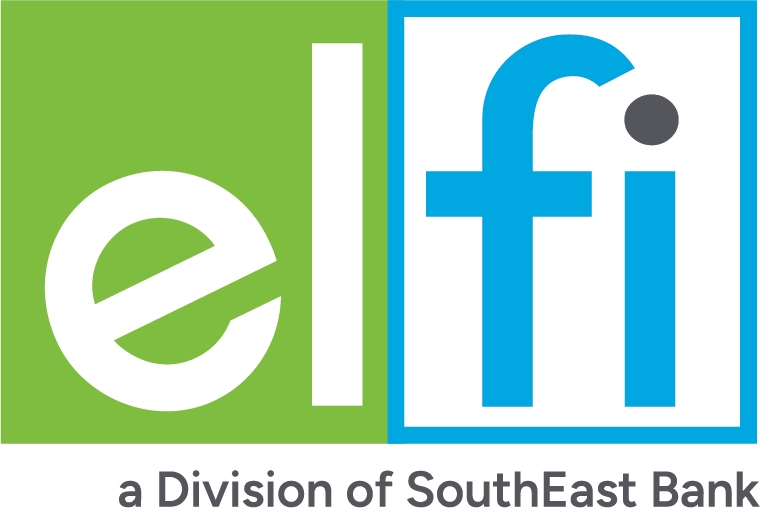Filling Out the FAFSA: I’m a Citizen, But My Parents or Spouse Are Undocumented Immigrants
Here’s how U.S. citizen students with undocumented parents can submit the 2026-27 FAFSA.

Many, or all, of the products featured on this page are from our advertising partners who compensate us when you take certain actions on our website or click to take an action on their website. However, this does not influence our evaluations. Our opinions are our own. Here is a list of our partners and here's how we make money.
All U.S. citizens can apply for federal financial aid, regardless of their parents' or spouse’s immigration status. And the Free Application for Federal Student Aid (FAFSA) doesn’t ask about your parents’ or spouse’s citizenship status, so you don’t have to worry about your application drawing attention if your spouse or parents are undocumented immigrants.
🤓 Nerdy Tip
When can I submit my FAFSA application? The FAFSA for the 2025-26 academic year is open for all students until June 30, 2026. The FAFSA for the 2026-27 school year is open until June 30, 2027. Yes, you can and you should still submit your FAFSA if this is the case. Depending on your situation, your parent(s) or your spouse may be considered contributors for your FAFSA. A contributor is someone whose financial information is required for the Department of Education to calculate your financial need, which is usually provided as a tax return.
But if your spouse or parents don’t have Social Security numbers (SSNs) or don’t file tax returns, you can still have them submit information to let you file your FAFSA. What they provide and the sections they fill out will be different from what other parents or spouses might complete because they don’t have a SSN.
Did you know...
At this time, any federal agency that receives information about your undocumented parent(s) or spouse from the Education Department can only use it for explicitly authorized purposes, like identity verification and calculating your financial aid eligibility. By law, federal agencies cannot use information your parent(s) or spouse enters on the FAFSA for any immigration or enforcement actions. Request your FSA IDs to verify identities
You and your FAFSA contributors have to request your own Federal Student Aid (FSA) IDs before filling out the FAFSA. An FSA ID is the username and password combination you'll use to sign into your studentaid.gov account to fill out your portion of the FAFSA. It can take up to three days to receive your FSA ID after you request it.
Screenshot contributors’ information they submit
Parents or spouses without SSNs will need to follow extra steps to request an FSA ID. It is important that you use the exact same language as your contributors when filling out their information in your part of the FAFSA. For example using “Road” when a contributor used “Rd.” can be a problem. To be certain you’re doing this, ask your contributors to screenshot or record the exact language they use for their “personal information” section.
Check if contributors need to confirm their identities
If your parent’s or spouse’s identity is immediately verified, they can begin fully using their FAFSA account right away. If their identity isn’t immediately verified, they can still access the FAFSA form, but their account will have limited functionality until they verify their identity.
Getting documents together for the FAFSA
Go ahead and help your contributors gather important financial documents to make the process go more smoothly. For the 2026-27 FAFSA, these documents may include:
- 2024 tax returns.
- Records of child support you received from your ex-spouse (if you're divorcced).
- Current balances of cash, savings and checking accounts.
- Net worth of investments, businesses and farms.
What if a contributor doesn’t file taxes or have a bank account?
If a contributor doesn’t file taxes, they can provide information about how much they earn instead of referencing specific items on a tax return. Contributors manually enter information like how much money they have saved, so they don’t have to have a bank account either.
» MORE: Check out our FAFSA checklist
Steps to fill out the FAFSA for U.S. citizens with undocumented parents or spouses
You don’t need to wait for your contributors to receive FSA IDs to get started on the FAFSA. Here’s what to do:
- Start the FAFSA form on FAFSA.gov. Follow the instructions to submit your personal information.
- Next, use the website to invite contributors to add their information to your form. You’ll need to supply their first and last name, date of birth and email address. You’ll need to include their SSN; if they don’t have one, click on the box under the SSN field, leave the SSN field blank and enter their mailing address exactly as they did when requesting an FSA ID. Make sure you enter this information exactly as your contributors did when requesting their FSA IDs.
- Add the schools you want to receive your FAFSA information and sign the form. You’ll then land on the “section complete” page.
- Once your contributors receive their email invitations, they will need to sign into their studentaid.gov account with their FSA ID. All undocumented contributors must manually enter their financial information and sign their portion of the form. If they have an Individual Taxpayer Identification Number (ITIN), they should include that on the form.
- Confirm that you and your contributors have successfully completed your individual sections. Your FAFSA is not submitted until every contributor’s section is complete.
- Check your email for confirmation and your FAFSA submission summary. Save a copy of this message for your records and to share with any schools with upcoming FAFSA deadlines. You’ll also receive a Student Aid Index, which colleges use to determine your financial aid package.
If you received an error while completing your FAFSA or want more detailed instructions, go to StudentAid.gov.
How to get FAFSA help if you have undocumented parents
Students whose parents don’t have SSNs face extra FAFSA hurdles. If you, your parents or spouse need further assistance filling out your form, consider reaching out to the following resources:
- Your high school's college or guidance counselor.
- The financial aid office at your current or prospective college.
- College access organizations in your community.
- The government's FAFSA helpline at 1-800-433-3243.
» MORE: How to make FAFSA corrections
Advertisement



Student loans from our partners

on College Ave website
College Ave 

Best for payment flexibility
Fixed APR
2.89-17.99%
Min. credit score
Mid-600s

on Sallie Mae website
Sallie Mae 

Fixed APR
2.89-17.49%
Min. credit score
Mid-600's

on SoFi® website
SoFi® 

Fixed APR
3.18-15.99%
Min. credit score
Mid-600s
Article sources
NerdWallet writers are subject matter authorities who use primary,
trustworthy sources to inform their work, including peer-reviewed
studies, government websites, academic research and interviews with
industry experts. All content is fact-checked for accuracy, timeliness
and relevance. You can learn more about NerdWallet's high
standards for journalism by reading our
editorial guidelines.
Related articles
AD
A Better Student Loan Experience. Cover 100% of School Costs — Rates From 2.89% APR.
Get my Rate
on College Ave's website

AD

A Better Student Loan Experience. Cover 100% of School Costs — Rates From 2.89% APR.
- Apply in less than 3 minutes;
- Rates starting at 2.89% APR;
- No application, origination, or prepayment fees;
- Flexible repayment options, including deferred or immediate.

Get my Rate
on College Ave's website









